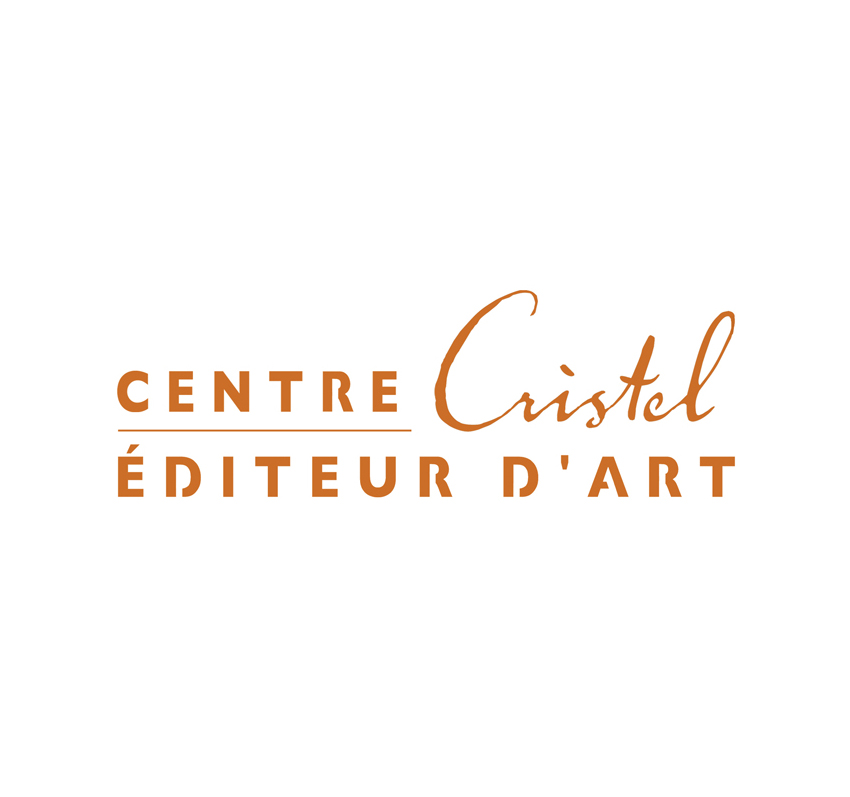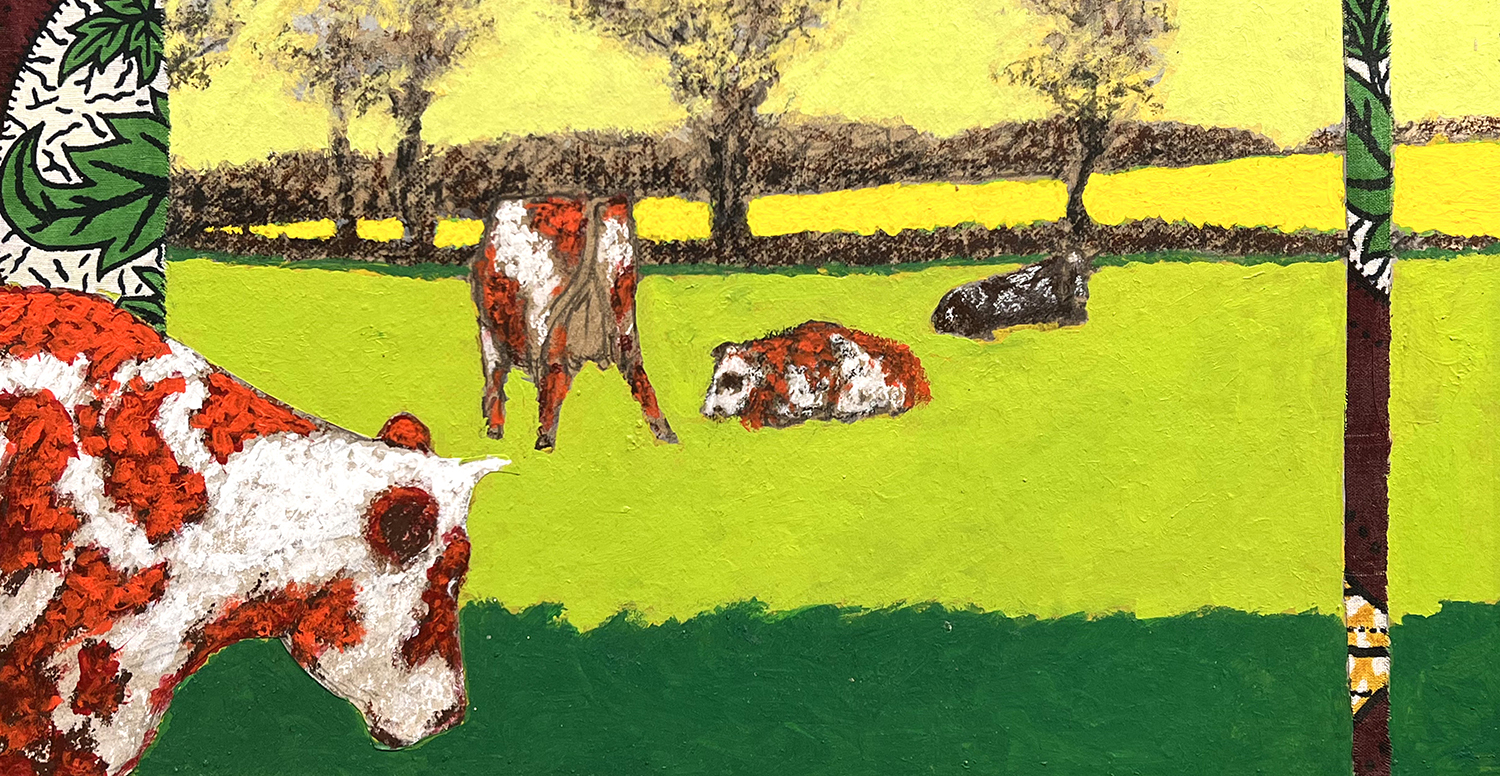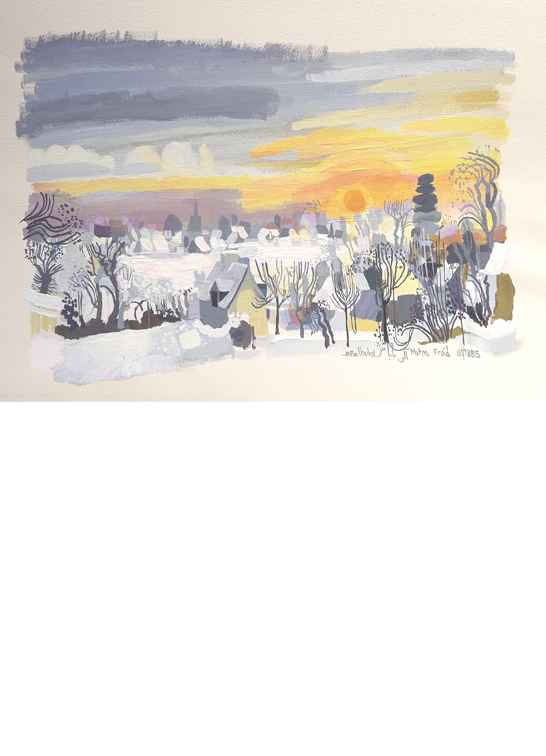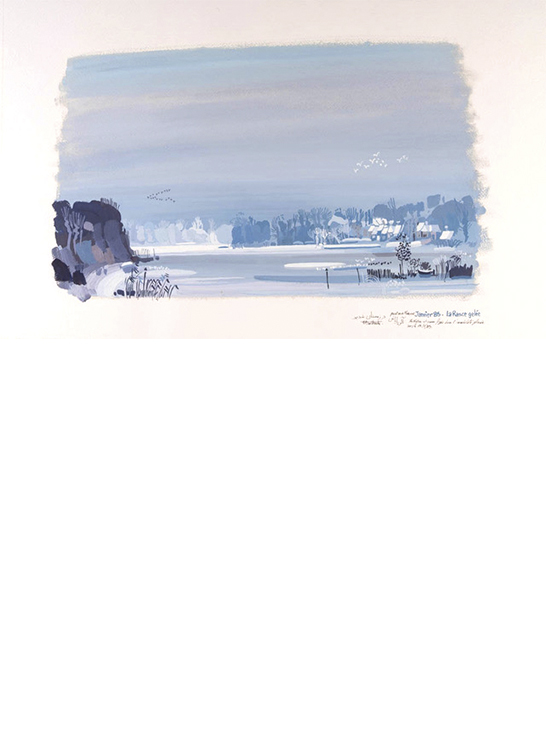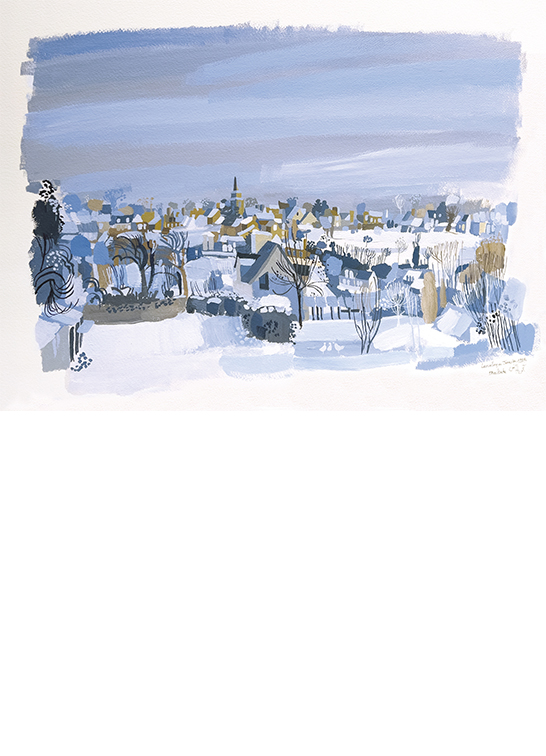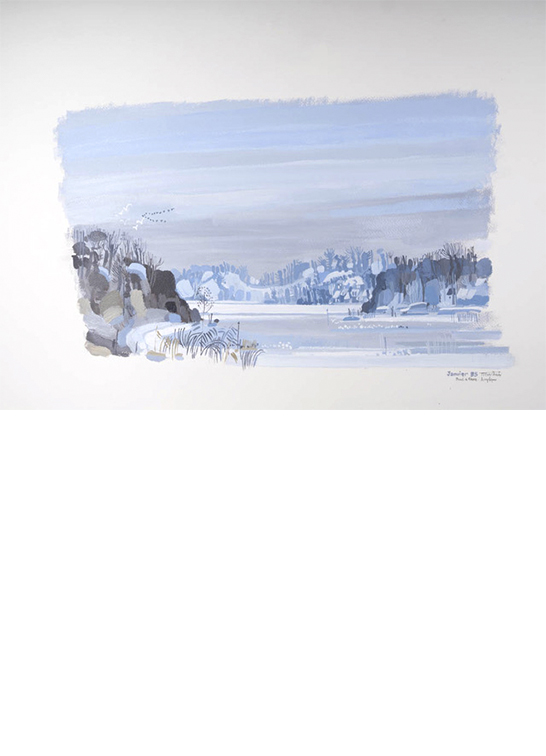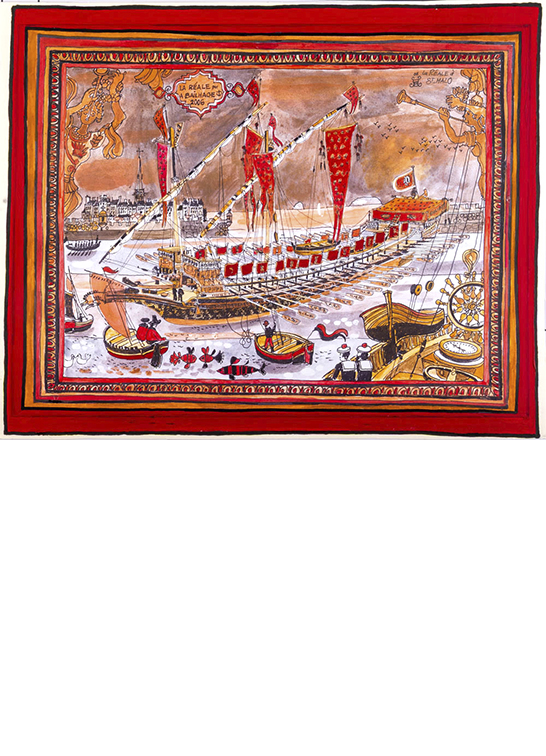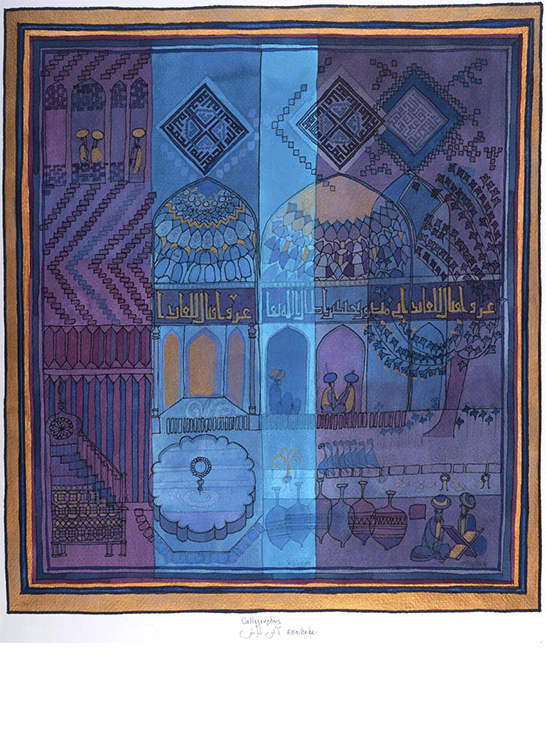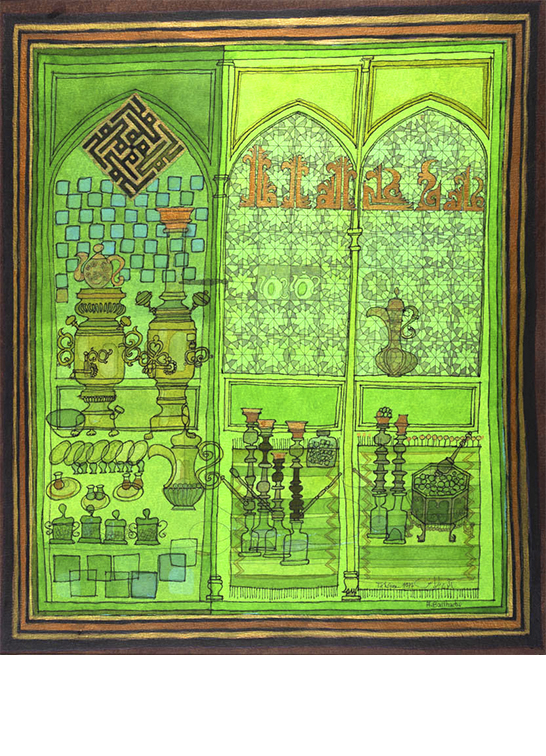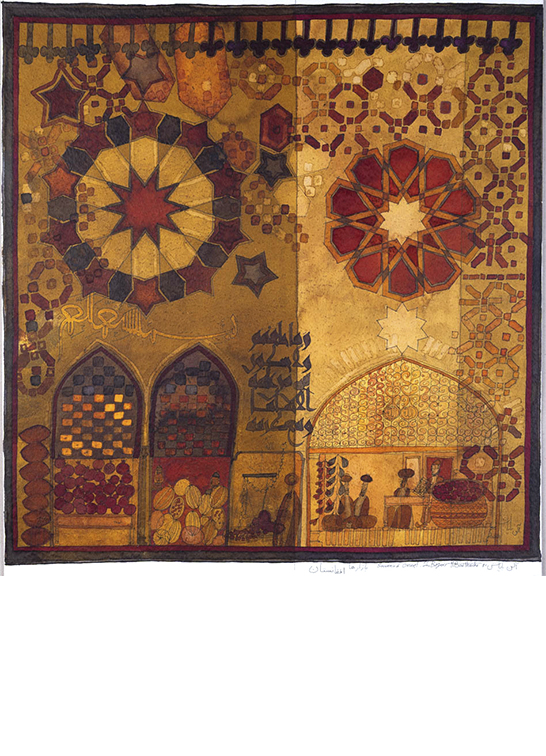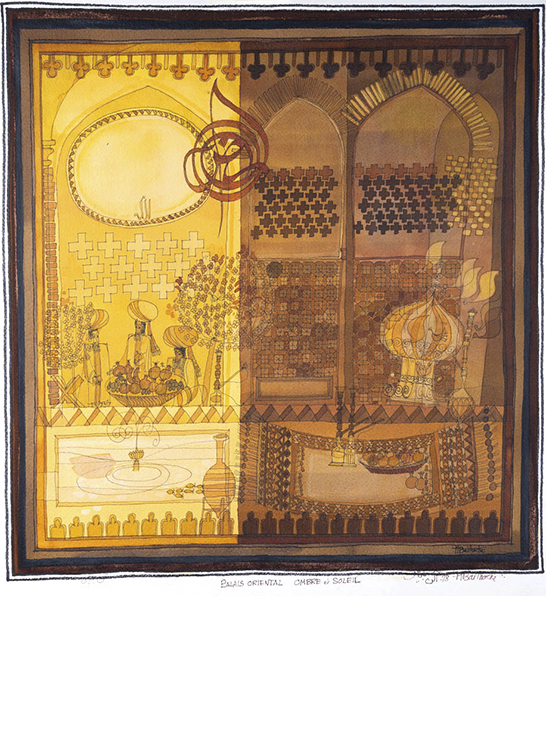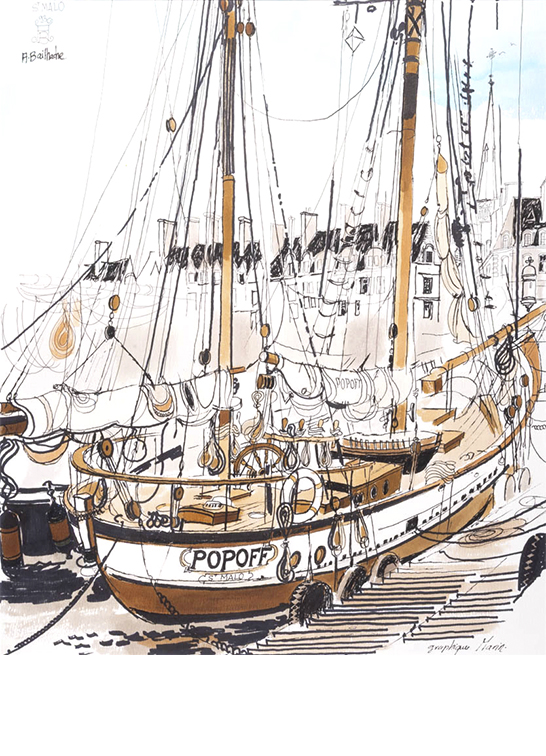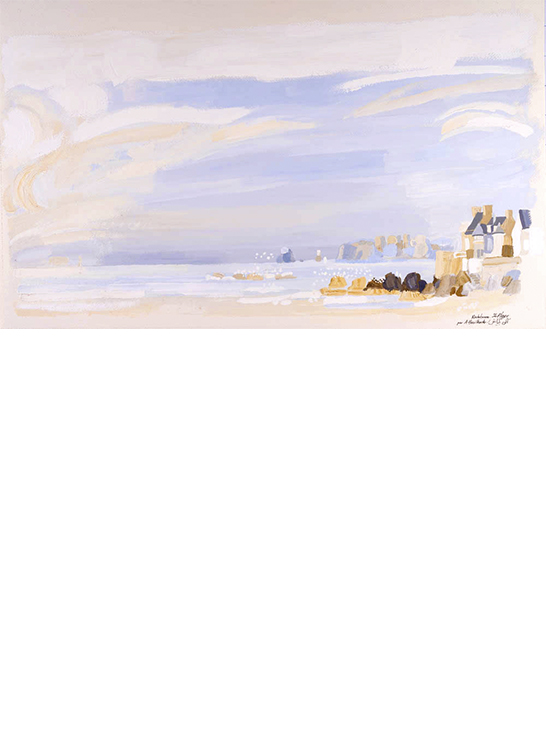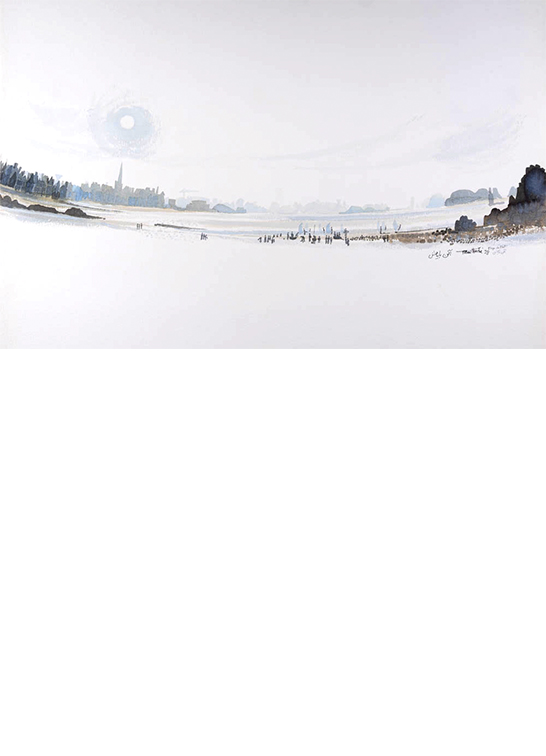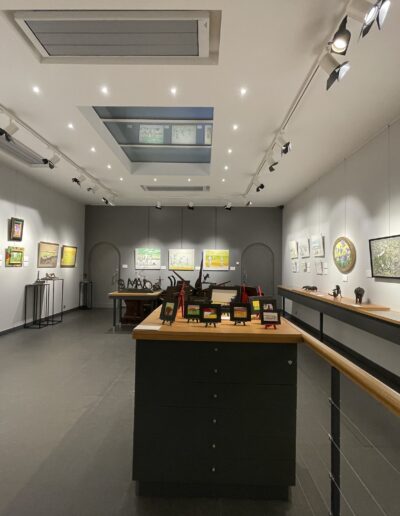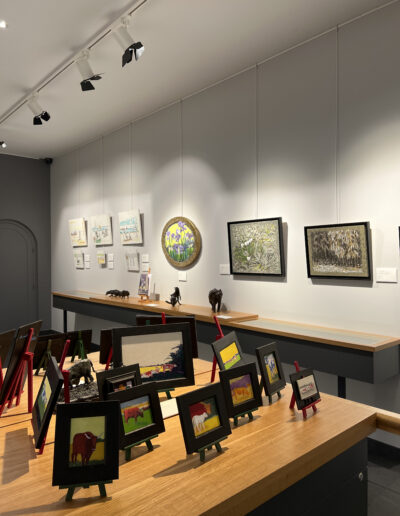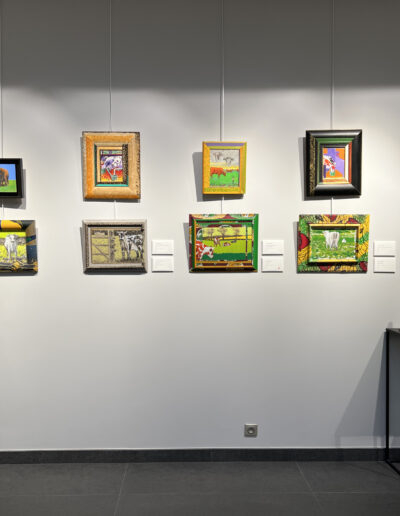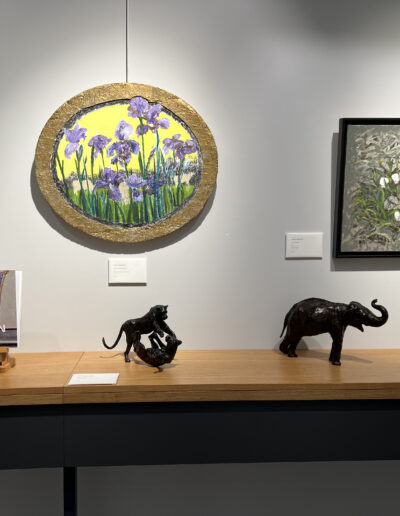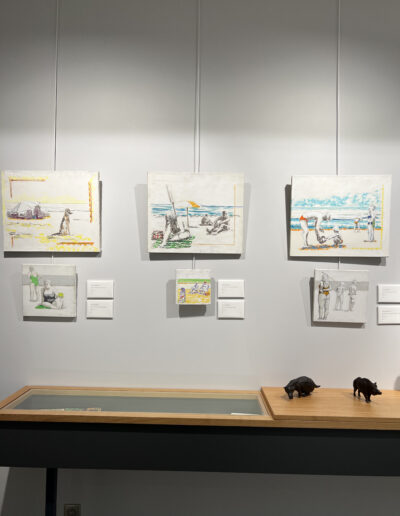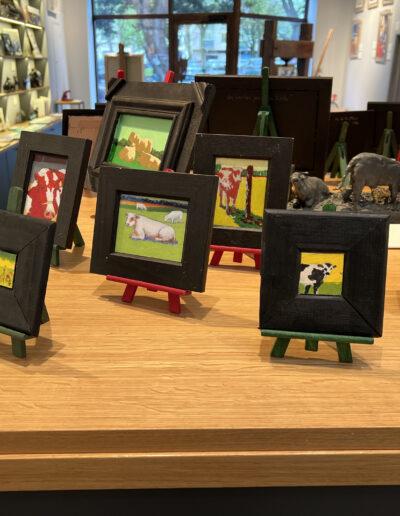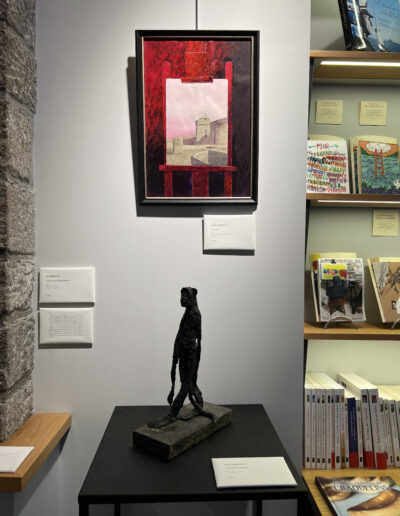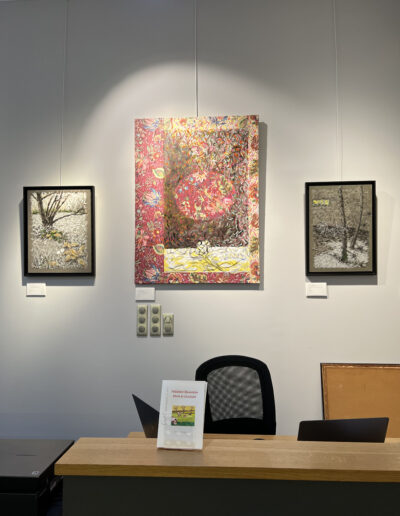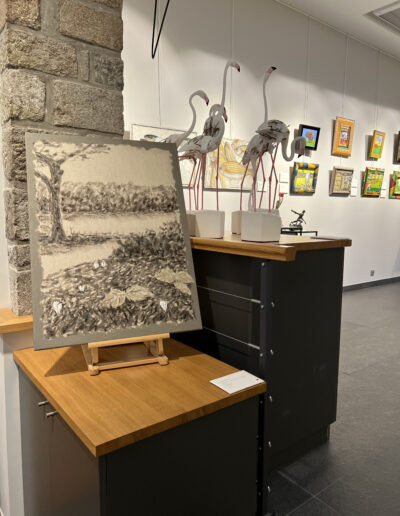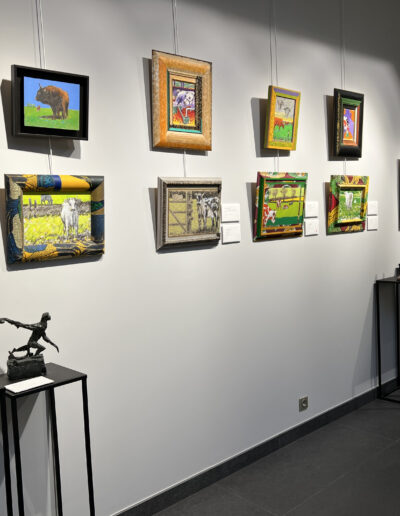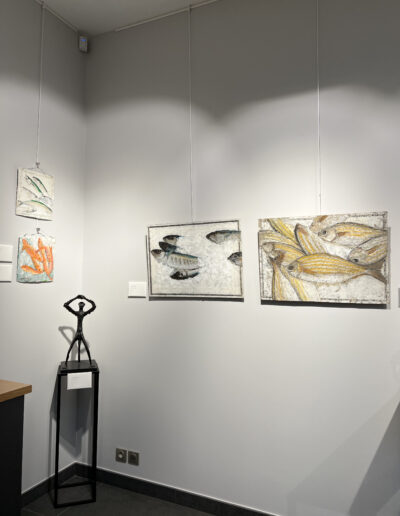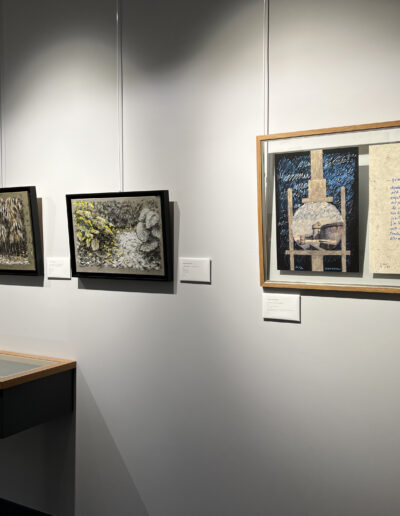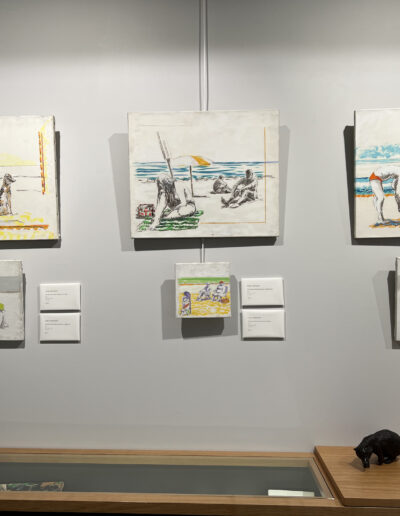Exhibition Frédéric Brandon. Dreams & Colors
From 27 April to 20 July 2024
To better describe him, you’d have to invent a verb: brandoner. A transitive verb, obviously, meaning a certain way of looking at life and painting it. Also an intransitive verb, to emphasise this way of letting the hours flow and then stopping them, just as an old bard would do when evening falls and he sits on a rock, counting out the thousand offerings of the landscape one by one. Because under his fine woollen cap, behind his white beard, Frédéric Brandon looks just like that: a bard. In other words, a storyteller, or a kind of bush artist who uses signs, lines, colours and shapes rather than words. A great poet of his time, Christian Bobin, did not do things differently: flexible aggregations of letters, full stops and commas to give body to texts that are as lively and trembling as butterflies’ wings!
Work of the Frédéric Brandon exhibition. Dreams & Colors
Frédéric Brandon
Dreams & Colors
To better describe him, you’d have to invent a verb: brandoner. A transitive verb, obviously, meaning a certain way of looking at life and painting it. Also an intransitive verb, to emphasise this way of letting the hours flow and then stopping them, just as an old bard would do when evening falls and he sits on a rock, counting out the thousand offerings of the landscape one by one. Because under his fine woollen cap, behind his white beard, Frédéric Brandon looks just like that: a bard. In other words, a storyteller, or a kind of bush artist who uses signs, lines, colours and shapes rather than words. A great poet of his time, Christian Bobin, did not do things differently: flexible aggregations of letters, full stops and commas to give body to texts that are as lively and trembling as butterflies’ wings! Once again, Frédéric Brandon, born in Paris in 1943, belongs to the same world: light canvases that elicit oohs and aahs and transform each viewer into a curious, smiling, cheerful, comforting animal. Magic, without a doubt! And proof that this bard is a formidable painter.
Because he is a bard and a modest bard, he inevitably shakes his head! All he will admit is that, since the age of twenty, he has never stopped painting or making a living from his art. « An opportunity », he says, referring to the many exhibitions he has been invited to in the main French cities and also in foreign galleries in the United States, Argentina, Brazil, Spain, Italy, in Germany.
Not to forget, as his various biographers have pointed out, a first retrospective exhibition of his work organised in 1985 by the Fine Arts Museum in Ashgabat, in what was then Soviet Turkmenistan! In 2024, on the walls of the Centre Cristel Éditeur d’Art in Saint-Malo, where essential contemporaries and friends of his, from Erró to Vlada Veličković, from Antonio Seguí to Valerio Adami, have exhibited before him, he celebrates what he soberly calls « sixty years of painting ». Paintings with an « s », to indicate that his paintings, arranged like books in a library, reflect his imagination, which is rather similar to that of Marcel Aymé. Everyone knows the success of The Green mare; Frédéric Brandon, from canvas to canvas, from dream to dream, has multiplied green, pink, blue, brown, blond, yellow and red cows. Likewise, as the prodigal son of Bonnard and Vuillard, he has painted dogs, fish, beaches, nudes, semi-nudes, trees, houses, chairs, apples and asparagus in all colours. In the admiring words of Sophie Chauveau: « Nothing but perishables to trace, as if in passing, with the flick of a brush, the history of humanity and, in the background, that of painting. »
We’d be remiss if we didn’t repeat it: for sixty years, Frédéric Brandon has been a painter, a very formidable painter! Faced with this obvious fact, it was surely art historian Jean-Luc Chalumeau who came up with the best shorthand: « And for me, he means a lot. »
Christophe Penot
Art editor
